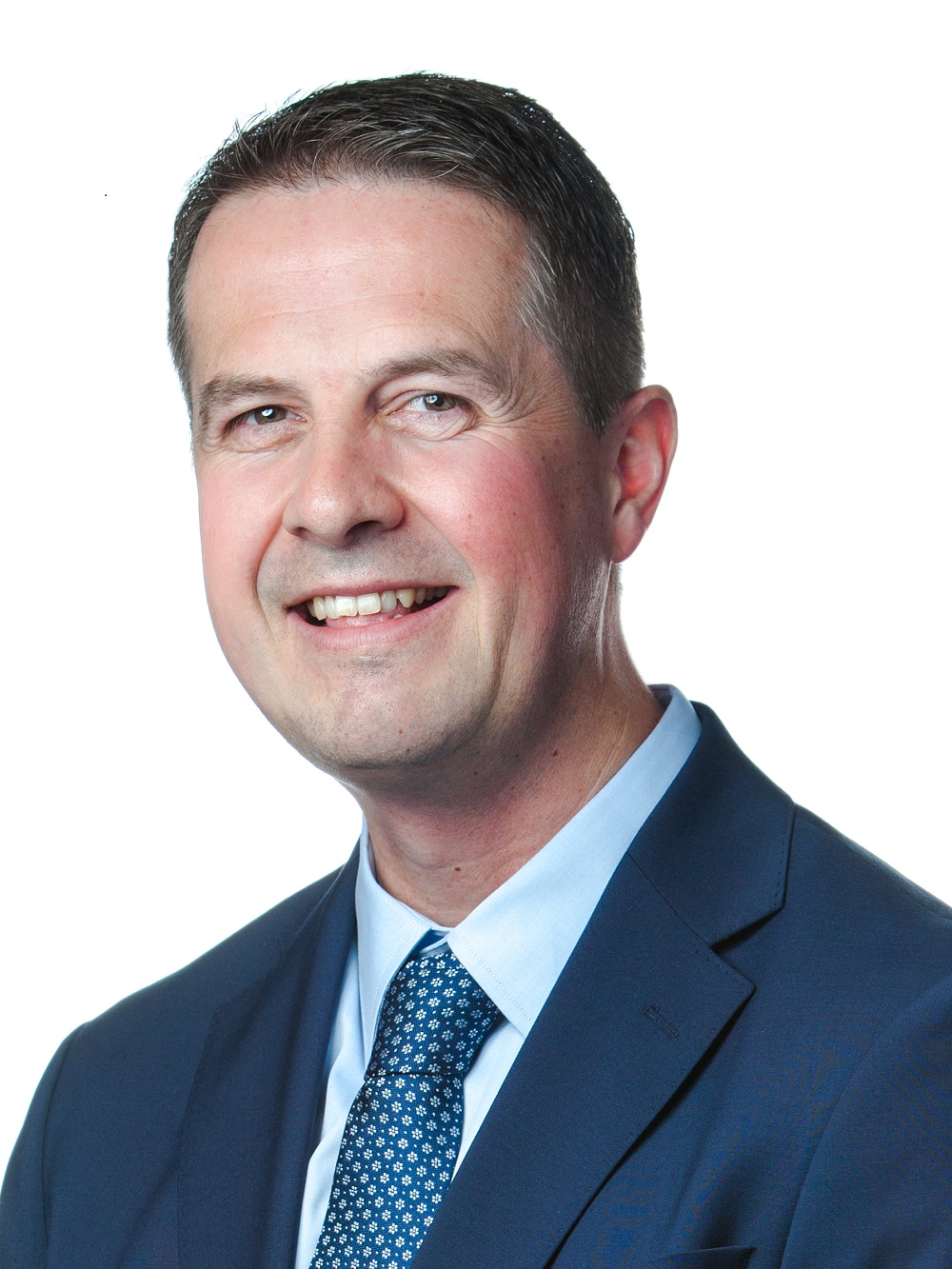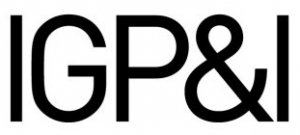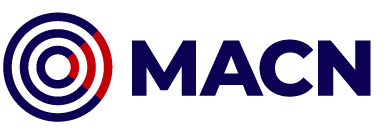As the offshore wind industry accelerates, so too must our commitment to health, safety, and environmental (HSE) excellence. At Gard, we see first hand the risks and claims emerging from the evolving offshore wind sector. As a world-leading maritime insurer, our strategy is clear: prevent losses before they occur and embed safety culture as a core value—not a compliance checkbox.

Building a robust safety culture in offshore wind
Written by

Grete Møgster
CEO, Utsira Offshore Wind Center

Jarle Fosen
Senior Loss Prevention Executive
Published 12 June 2025
Insurance and risk: A Gard perspective
At this year’s Floating Wind Days conference, Radmil Kranda, Vice President of Energy Underwriting, represented Gard in a pivotal panel session focused on health, safety, and effective risk management. The session brought together industry leaders to explore the unique HSE challenges of both bottom-fixed and floating offshore wind projects.
As highlighted by him, the economic dynamics of offshore wind projects are heavily influenced by insurance considerations. Compared to the oil and gas industry, the offshore wind industry presents significantly different financial risk. Two aspects are important to bear in mind in this respect; firstly that profit margins, whilst protected by public subsidies, are very modest in offshore wind. Secondly, that most projects are financed by banks or project finance and therefore purchase a lot of insurance cover to de-risk the financial investment.
To maximize returns on capital it is therefore paramount for developers and financiers to control capital (capex) and operational (opex) expenditures, where insurance is a significant contributor. As a guide, based on offshore windfarm projects in general, insurance can account for nearly 10% of operational expenditure, whilst for floating windfarms this figure can be even higher. This percentage is lower for Capexbut remains significant. The questions therefore arises, why is this figure so high and how can developers reduce it?
From a technical view point, and over a longer period of time, the most significant cost in offshore wind insurance is cable claims. The average cost of a cable insurance claim exceeds USD 3 million, with inter-array cable damage repair costs being the easier and cheaper to repair compared to export cables. The most severe export cable claims handled by the insurance market have exceeded USD 80 m.
In Gard’s experience the majority of construction projects have experienced cable claims, with an average repair time of almost 100 days. Whilst long lead times for repair material are an issue for an already stretched supply chain, the main contributor to the significant claim number is the cost of marine contractors performing cable laying operations and supporting offshore work. Some of the vessels normally used for this type of operations, operate with a daily hire ranging from USD 100,000 to USD 250,000 or more per day.
To reduce insurance costs, technical and operational maturity is essential. This includes technical and industry standardisation, as well as supply chain stability. By focusing on these areas, offshore wind projects can achieve the necessary technical quality to reduce insurance claims, which in turn reduces the insurance purchase costs and improves overall project economics.
New risks, familiar lessons
As the offshore wind sector evolves, it inherits both the promise and the pitfalls of offshore oil and gas. While the technologies and environments differ, the underlying risks—particularly those rooted in human and organisational factors—remain strikingly familiar. Gard’s recent analysis of collisions involving attendant vessels with offshore installations emphasizes this point. The UK’s Health and Safety Executive has issued safety notices following a rise in such incidents, many of which stem from lapses in situational awareness, poor bridge resource management, and distractions from non-navigational tasks. In one case, a platform supply vessel drifted into the 500 m safety zone and collided with a fixed installation because the officer on watch was distracted by administrative duties and had limited visibility from the bridge.
These are not isolated incidents . They reflect systemic issues — performance-influencing factors such as inadequate procedures, insufficient training, and flawed organisational design. Investigations often stop at “human error” without probing the deeper causes. This is a critical lesson for offshore wind: we must design systems that anticipate and mitigate human limitations, not just react to their consequences.
This message was echoed powerfully in the reflections of Grete Møgster of Utsira Offshore Wind, who shared deeply personal and professional insights during Floating Wind Days 2025. Drawing from decades of experience in offshore operations and accident investigations — including helicopter incidents, crushing injuries, and fatalities at sea — she emphasized that many of these tragedies shared common denominators: - Human error - Inadequate maintenance - Poor procedural compliance - Language barriers and unclear roles - Cultural misunderstandings
These are not just technical failures — they are cultural ones. As Møgster put it, “We cannot afford to import these risks into the wind industry unchecked. We must learn from offshore oil and gas – but we cannot simply copy it.”
Floating wind introduces additional complexity: dynamic positioning in harsher environments, longer supply chains, and multinational crews. These amplify the need for robust HSE integration from the outset. Safety must be embedded early — through realistic training, emergency simulations, and a culture that empowers action over silence.
By learning from past incidents and adapting to new realities, the offshore wind sector can avoid repeating the mistakes of its predecessor—and build a safer, more resilient future.
Gard’s new safety culture service: SafeMind
Gard recently launched a powerful new service aimed at strengthening safety culture across the maritime industry: SafeMind. This initiative is part of our broader commitment to loss prevention and operational excellence, and it is now available to all Gard customers, starting with P&I members and expanding into Hull & Machinery and other clients.
Why SafeMind matters
SafeMind is a research-backed assessment tool developed with SAYFR, a leader in safety culture diagnostics. It draws insights from over 400,000 seafarers and two decades of maritime safety research to uncover deeper cultural factors influencing safety outcomes.
By combining our knowledge with advanced digital tools, we aim to help our clients and their crews operate more safely – ultimately benefiting the wider maritime industry. The survey measures key factors of organizational culture that directly affect accident risk, providing clients with real ‘aha’ moments to focus on what truly matters.”
This service aligns perfectly with Gard’s strategic focus on proactive loss prevention and cultural transformation. By offering SafeMind, Gard empowers its clients to not only meet safety standards but to lead in safety innovation—turning culture into a competitive advantage.
The offshore wind industry is not just building turbines—it’s building critical infrastructure. And that infrastructure is only as strong as the culture that supports it. By learning from the past, embracing new risks, and investing in people, we can ensure that safety becomes not just a requirement, but a legacy. “We will never eliminate human error – but we can limit its consequences.” said Grete Møgster, Utsira Offshore Wind


